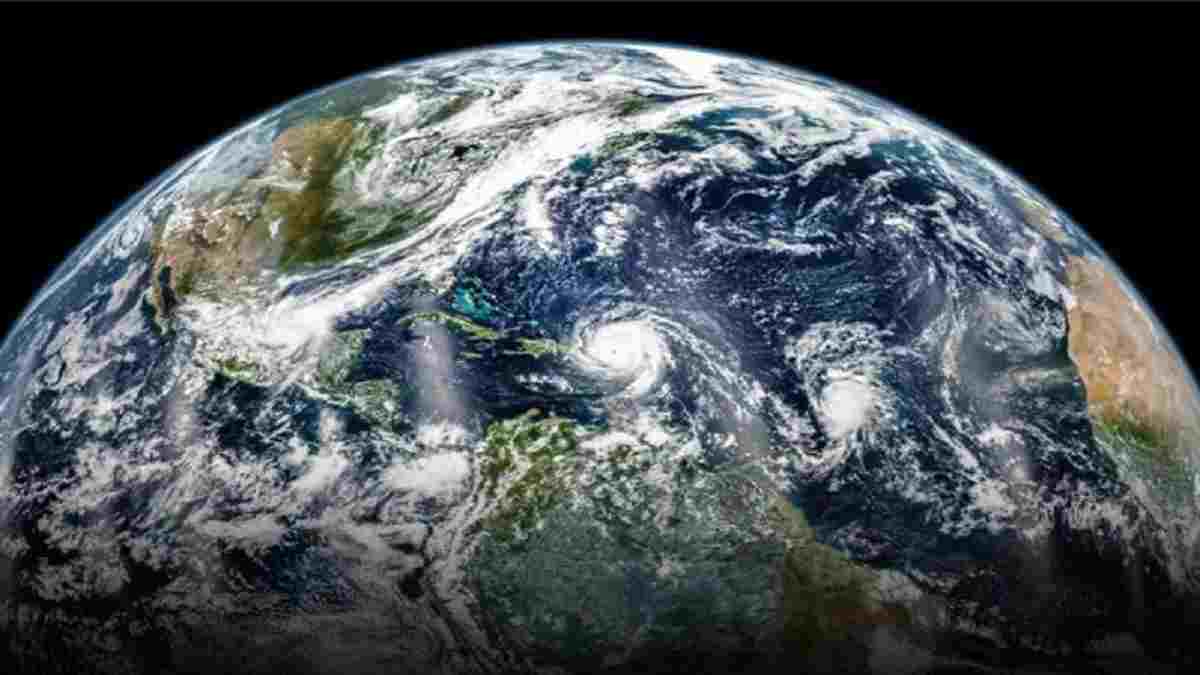A rare gas leak from Earth’s core has been demonstrated by a new modeling study. This very rare type of helium gas was created shortly after the Big Bang.
Reportedly, the gas leaks every year and releases 2 kilograms of a rare isotope of helium gas from the Earth’s core, namely Helium-3.
So, what will actually happen to the gas leak? Will it affect life on Earth?
Also Read: Earth’s Core Cools Faster, Impact on Life?
Rare Gas Phenomenon Leaking from Earth’s Core
Most of the gas in the universe is Helium-3. This type of gas is primordial and was created right after the Big Bang event, which is 13.8 billion years ago.
Some of the Helium-3 would then combine with other gas and dust particles in the solar nebula to form a vast cloud. They then rotated and collapsed causing the creation of the solar system.
A recent study showed the presence of gas in the form of Helium-3 leaking from the Earth’s core. This provides additional evidence that in the solar nebula, the Earth formed.
“The new fact that the Earth’s core may contain a Helium-3 reservoir is yet another piece of evidence to support the idea that Earth formed within the expanding nebula rather than on the periphery or during its waning phase,” the researchers said.
The study points to the Earth’s core as a significant source of Helium-3 gas on Earth. The study’s lead author, Peter Olson, a geophysicist at the University of New Mexico, said that about 2,000 grams of Helium-3 leaks into and out of Earth every year.
“That’s roughly enough to fill a tabletop sized hot air balloon. It is a natural wonder and a clue to Earth’s history. It’s possible that there are still a large number of isotopes in the interior of the Earth,” he said on the techexplorist page.
Also Read: Mysterious Blobs in the Earth’s Core Reap Questions, Experts Say!
Becoming a Mysterious Guide to the Formation of the Earth
This rare gas leaking from the Earth’s core will at least add clues to the mystery of how the Earth was formed.
The gas leak provides additional evidence for the theory that planet Earth formed in a solar nebula.
To estimate the abundance in the Earth’s core in the form of Helium-3, researchers tracked the rate of gas exchange between the core and the mantle. Then they modeled helium through Earth’s history.
They considered two key stages: initial formation when the planet was accumulating helium and during the formation of the moon or when the helium had disappeared.
The helium then provides evidence that it was possible for an object one-third the size of Earth to hit our planet early in history. The event occurred about 4 billion years ago.
Also Read: Earth on High Alert Due to Two Solar Storms, This is the Estimated Impact!
As a result of the collision, the Earth’s crust melted again. It is at this point that most of the helium gas is released. However, not all Helium-3 escapes Earth.
This planet still holds some rare gas that will continue to be released. More than that, scientists are convinced that this rare gas leaking from the Earth’s core is harmless. (R10/HR-Online)
–


